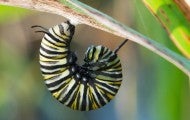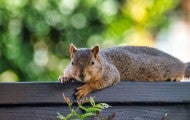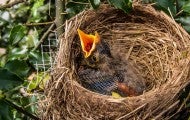Showing 7 of 7 results
WASHINGTON - The Humane Society of the United States released today the results of a disturbing undercover investigation into two wildlife killing contests in Frederick County and in Waldorf, Maryland. Investigators documented the judging portions of the events, with participants lining up rows of...
Somewhere toward the end of the last ice age, we formed an alliance with wolves: Maybe the ancestors of dogs got food scraps while our own ancestors gained protection from predators and other humans. These social species eventually collaborated on a vast scale, possibly even hunting woolly mammoths...





